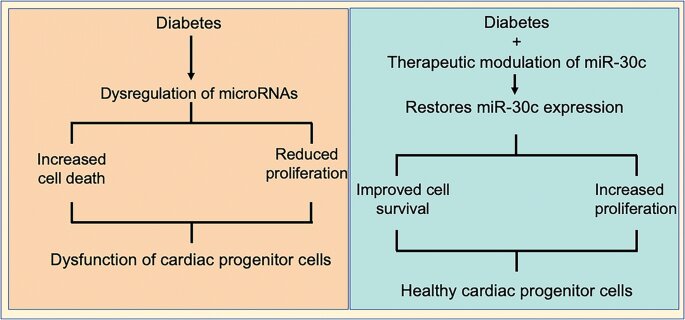
University of Otago researchers have discovered one of the reasons why more than 50% of people with type 2 diabetes die from heart disease. And perhaps more significantly, they have found how to treat it.
Associate Professor Rajesh Katare, of the Department of Physiology, says it has been known that stem cells in the heart of diabetic patients are impaired. While stem cell therapy has proved effective in treating heart disease, it is not the case in diabetic hearts.
It has not been known why; until now.
It comes down to tiny molecules called microRNA which control gene expression.
“Based on the results of laboratory testing, we identified the number of microRNAs that are impaired in stem cells of...
Read More









Recent Comments